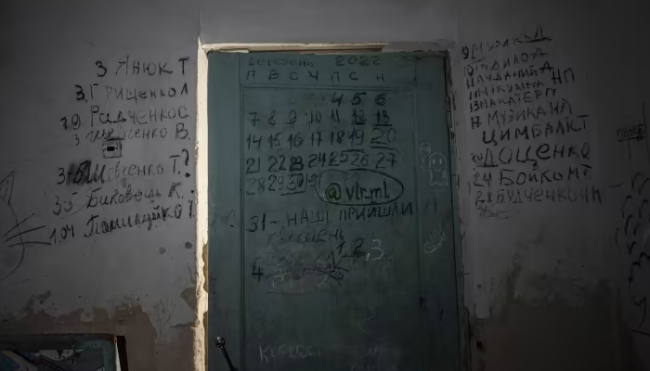Focus: Talent Hub Ukraine at #SSD22
WP_Term Object
(
[term_id] => 47
[name] => initiatives
[slug] => initiatives
[term_group] => 0
[term_taxonomy_id] => 47
[taxonomy] => news_category
[description] =>
[parent] => 0
[count] => 4
[filter] => raw
[term_order] => 0
)
initiatives
Focus: Talent Hub Ukraine at #SSD22
In support of Ukrainian professionals, Sunny Side of the Doc, in partnership with B2B Doc, IDF, Pitch the Doc, Docudays and UFFI - Ukrainian Female Film Industry is organizing the Talent Hub Ukraine, Wednesday June 22. Six projects selected according to their international potential will be presented during this session. These projects, often initiated before the war, have seen their narrative disrupted.
Organized as an informal pitch session, this Talent Hub will give the floor to all the participants, broadcasters, distributors, producers present at Sunny Side, to intervene during the Q&A and perhaps to participate in the production of these projects.
1. Company of Steel
Producer: Alexandra Bratyshchenko
Director / Co-producer: Yuliia Hontaruk
Synopsis: In 2014, three young Ukrainian men with no military experience set out to serve their country in the Russo-Ukrainian War. After two years on the frontline, they return home, scarred. As they struggle to find their place in daily life as civilians, the Russian invasion of Ukraine in 2022 forces them right back into the trauma they tried so hard to escape.
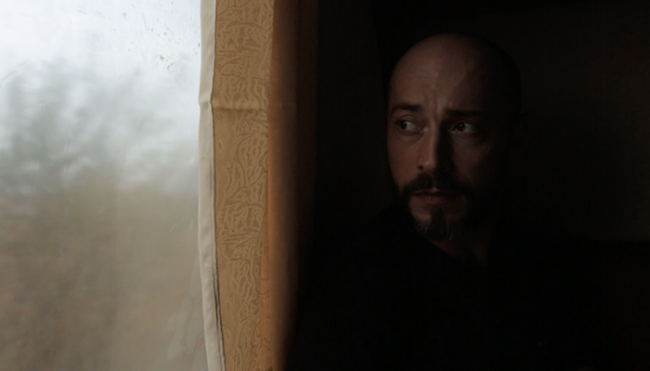
© Company of Steel
2. Displaced
Producer: Viktoriia Khomenko
Synopsis: During the first days of Russia's full-scale invasion of Ukraine, the country’s population starts to evacuate en masse. Spurred by fear and the threat to their lives, residents of cities all over Ukraine leave their homes in panic, heading for safer Western regions, or abroad. Against this backdrop, we hear the flood of audio. Superimposed over the shots of interiors of hastily abandoned or bombed-out homes, those audio recordings bring to life the voices of Ukrainian people calling emergency hotlines across cities all over the country. Anxious voices of people fill the static footage of abandoned homes. They report explosions, injuries, or the presence of military equipment. This sound element develops the structure and appears several times between episodes with mass evacuation from Kyiv and then Mariupol, which is the heart of the fiercest combat that started right at the beginning of the war. Eventually, the story lands, just a throw away from the gray zone of the war: an almost empty, apocalyptic landscape permeated by the sounds of battles. Here, a lone man whose family has left the country, continues to live and work in an area that Russian troops are trying to seize. While the city is shelled every single day, the man continues to go to work. The company where he’s been an employee for years has almost stopped production. Still, he goes there every day, despite there being practically nothing left to do. After all, work is the only thing that helps him live through and break away from the devastating reality.
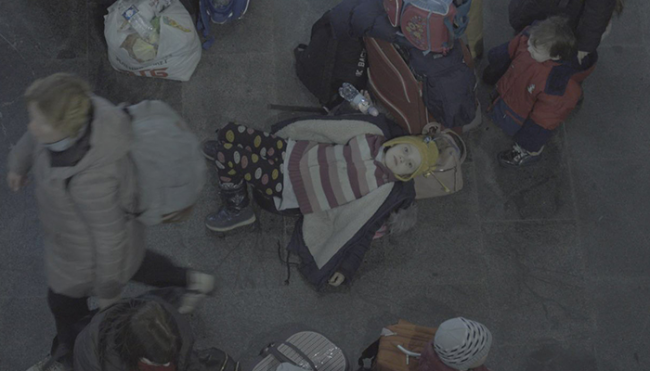
© Displaced
3. Silent flood
Producer: Karina Kostyna
Synopsis: A small village situated by the banks of Dniester River in Western Ukraine is a settlement of a Ukrainian religious community called the ‘Kashketnyky’ (literal translation: bearers of headdress). Here, the men and boys are obliged to wear hats, while women wear headscarves.
This closed religious community lives by its own, strict rules, very much cut off from the outside world. For instance, they are prohibited to use electricity or modern medicine and they’re not allowed to marry outside the community, nor enrol in regular schools or join the military. At times,
an odd member of the community will oppose the order of such life to leave in search of new horizons.
The efforts of the community to distance themselves from the outside world are often disturbed by annual floods that take everything in their path and change the landscape of the village shores. Nowadays, the floods are a regular occurrence because of climate change – sometimes striking several times a year over spring and summer. They always cause great damage to the village taking away boats; destroying gardens and houses; demolishing fences and sometimes even taking lives. Along with the flood comes all the garbage and plastic from the modern world – the very thing that this community strongly opposes. At times of such overpowering natural threat, the villagers unite to stand against it.
When an even more destructive and overpowering flood comes to the country under the flag of the Russian army, the community has no choice but to unite beyond their comfort. Despite the lack of information in absence of electricity, the villagers gradually start going against their own rules, by connecting to the outer world in order to stand up against the enemy.
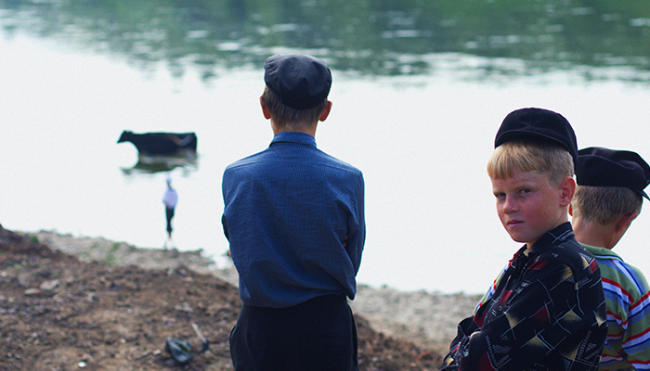
© Silent Flood
4. Flowers From Ukraine
Producer: Glib Luukianets
Synopsis: Mrs. Natalia is 67 years old. She lives on a plot of green land in Kyiv, where she was born, surrounded now with a massive housing estate of multi-story blocks. She, like the last Mohican, refuses to let corporations build on her piece of land. She is not afraid to run among the bulldozers that frequently enter her neighborhood trying to threaten her. Her plot looks like a mess, with the entire infrastructure resembling a temporary shelter for homeless people. It is, however, a paradise on earth for Natalia. She raises animals, including chickens and goats, and grows beautiful flowers here. Natalia's children try to persuade her to sell the land, but she isn't interested. When the scale war breaks out, Natalia does not leave her land defending not only her territory but also her city. Despite the odds, Natalia is upbeat, cracks jokes, making Molotov cocktails among other things. Can war, however, change that? What is the fate of her "queendom"? Let’s get answers together in the blossom of flowers, laughing in the face to the dogs of war.
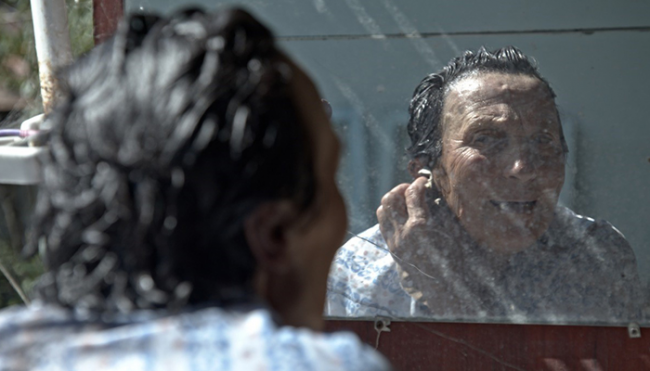
© Flowers From Ukraine
5. Dragnet
Producer: Larysa Gutarevych
Synopsis: Documentary portrait of a lost generation of teenagers in the Internet. A strange new world without maps and laws, where the heroes are in danger such as cyberbullying, network pedophilia, death challenges, propaganda of terrorism and self-harm. What attracts children in cyberspace? And will the older generation be able to save their children?
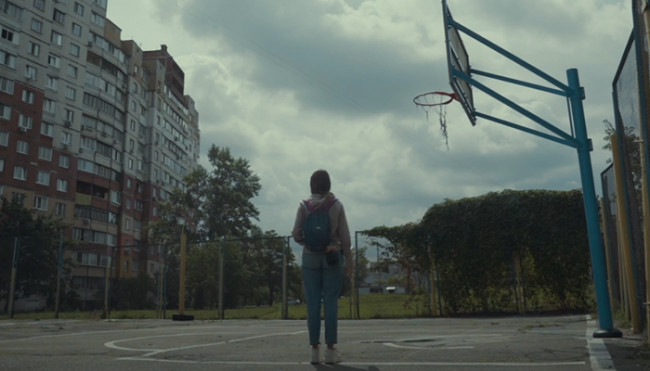
© Dragnet
6. The Basement
Producer: Roman Blazhan
Synopsis: On the 3rd of March, Russian troops entered a village of Yahidne 15 km away from Chernihiv during their attempt to take the city. It used to be a small and compact village: a school joint with a kindergarten, a small clinic, two shops, and several streets surrounded by a thick and pictures forest. That’s where the Russian forces came from, they outnumbered the population of Yahidne at least 4 times. The residents recall, on the next day, Russian troops armed with riffles forcibly extracted them from their dwellings and convoyed to the school. Russian occupants stuffed all 341 residents of Yahidne, including 77 children, into the school basement, roughly 160 m2, where the people spent the next 26 days. The conditions were inhumane: no ventilation, no oxygen, no water, no space to stretch your legs, pitch darkness. They used a bucket as a toilet in the same basement, received some food once a day. Sometimes, when the Russians were in the good mood, they let the people outside to breathe for 1.5 hours. In the span of the 26 days of captivity, 10 people died in the basement. On the 30th of March, the Russians retrieved from the village, on the next day Ukrainian army came. People were leaving the school basement to find their houses devastated, looted, and half-ruined. Even in two weeks after the liberation, one could still feel a fear of the recent presence of evil. Ukrainian news outlets visited Yahidne every other day, sensationalizing the story, while still baffled residents were standing in small groups on the battered main street, trying to figure out what to do. Now the village is coming back to life. Some residents, who initially have fled from the horrors they lived through, came back. People are dissembling the rubble, repairing their homes, attempting to come back to a normal life as quick as possible. However, the school basement that became their collective torture chamber remains intact. This is a physical reminder of their trauma, it exists as an unspoken question: what do we do with this experience, how do we live with this memory?
